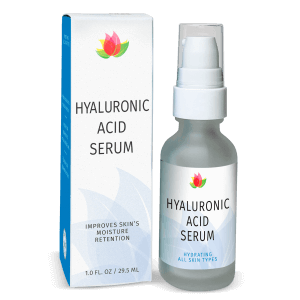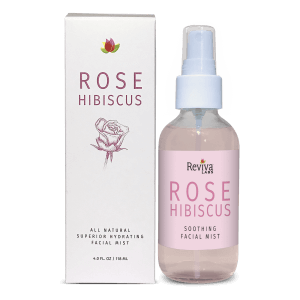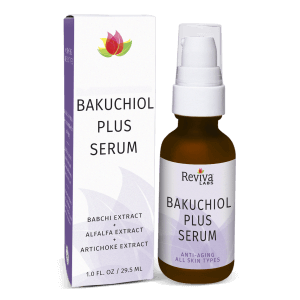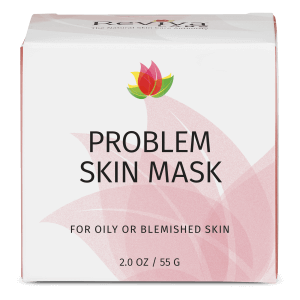Ingredients, Natural, Skin Care
A Guide to Reading Skincare Ingredient Lists
As consumers become more conscious about the products they use on their skin, the importance of reading and understanding skincare ingredient labels has grown. However, deciphering these labels can be quite daunting, with technical terms, long lists of ingredients, and confusing symbols. Fear not, as we have compiled a comprehensive guide to help you navigate through skincare ingredient labels like a pro. In this article, we will cover the basics of ingredient lists, the significance of the INCI system, the order of ingredients, the limitations of ingredient lists, and how to spot incorrect labels. Let’s dive in!
Understanding the Basics of Skincare Ingredient Lists
Before we get into the intricacies of ingredient labels, it is important to understand the basics. In the cosmetics industry, ingredient lists are required by law to include comprehensive information about the ingredients used in a product. These lists can be referred to as INCI lists, which stands for International Nomenclature of Cosmetic Ingredients. The INCI system provides a standardized way of listing ingredients using scientific names, ensuring consistency across brands and countries.
The Order of Ingredients
Reading skincare ingredient labels starts with understanding the order in which ingredients are listed. The order of ingredients is based on their concentration in the product, with the highest percentage ingredients listed first. Typically, the first five or six ingredients make up the majority of the product, while the following ingredients are used in smaller quantities.
It’s important to note that any ingredient present in a concentration of less than 1% can be listed in any order, as long as they follow ingredients with higher percentages. However, color additives can be listed after ingredients of 1% or less, regardless of their quantity. While ingredients listed towards the end of the label may be present in smaller quantities, they can still provide significant benefits and can be thought of as the ‘secret sauce’ of the product.
The Role of the INCI System in Skincare Ingredient Labels
The INCI system plays a crucial role in ensuring transparency and consistency in skincare ingredient labels. By using standardized names, the INCI system allows consumers to easily identify and compare ingredients across different products.
When reading ingredient labels, look for the INCI names of ingredients, as they provide accurate and universally recognized information about the components of a product. Familiarizing yourself with common INCI names can help you identify ingredients and make informed choices about the products you use.
Digging Deeper into Ingredient Lists
Ingredient lists can sometimes include bundled ingredients, where multiple components are combined into one ingredient. Each component must be listed separately and in the correct order based on its percentage of the whole. This means that some math may be required or information from the supplier may be consulted to determine the proper placement of bundled ingredients.
For example, a lip balm recipe may include castor jelly, which is a bundle of two ingredients at different ratios: castor seed oil and hydrogenated castor oil. While this may seem confusing at first, understanding the composition of bundled ingredients can help you accurately interpret ingredient lists.
Limitations of Skincare Ingredient Lists
While skincare ingredient lists provide valuable information, it is important to recognize their limitations. Ingredient lists do not tell the whole story about a product’s formulation, efficacy, or safety. They provide a snapshot of the ingredients used but do not provide information about their sourcing, processing, or quality.
Additionally, ingredient lists do not reveal the specific functions or concentrations of ingredients. Some ingredients may be included at low percentages but still provide significant benefits. Conversely, high concentrations of certain ingredients may cause irritation or sensitivity for some individuals. Therefore, it is crucial to consider other factors, such as personal sensitivities and preferences, when evaluating skincare products.
Red Flags to Watch For
Unfortunately, not all skincare ingredient lists are accurate or trustworthy. Some brands may engage in misleading practices or use incorrect INCI names. To ensure you are getting accurate information, it is important to be aware of red flags when reading ingredient lists.
1. Incorrect or Missing INCI Names: Look out for ingredient lists that do not use the standard INCI names or omit INCI names altogether. This may indicate a lack of transparency or an attempt to mislead consumers.
2. Misleading Marketing Claims: Be cautious of products with exaggerated claims that are not supported by the ingredient list. For example, a product claiming to be “all-natural” but containing synthetic ingredients listed under different names.
3. Lack of Transparency: Brands that do not provide clear ingredient lists or refuse to disclose certain ingredients may be hiding potentially harmful substances. Transparency is key when it comes to skincare products.
4. Discrepancies in Concentration Order: Pay attention to ingredient lists that seem to deviate from the standard order of decreasing concentration. This could be a sign of inaccurate or misleading labeling.
5. Allergens or Irritants: If you have known allergies or sensitivities, carefully review the ingredient list for potential allergens or irritants. Fragrances, parabens, and certain preservatives are common culprits.
The Importance of Symbols on Skincare Products
Apart from ingredient lists, symbols on skincare products can provide valuable information about various aspects, such as shelf life, recycling, and disposal. Understanding these symbols can help you make informed choices and ensure proper usage and disposal of products.
1. Period After Opening (PAO) Symbol: The PAO symbol resembles an open jar and indicates the recommended period for using the product after opening. The number inside the symbol represents the number of months the product remains safe to use.
2. Best Before End Date Symbol: Some products may feature a symbol resembling an hourglass or an egg timer, indicating a best before end date. This symbol signifies that the product has a lifespan of less than 30 months.
3. Recycling Symbol: The recycling symbol, often referred to as the Mobius Loop, denotes that the packaging is recyclable. Look for numerical codes within the loop, as they indicate the recyclability and safety of the packaging material.
By understanding how to read and interpret skincare ingredient lists, you can become a more informed consumer. Take the time to familiarize yourself with common INCI names, pay attention to the order of ingredients, and be aware of potential red flags. With this knowledge, you can confidently navigate the world of skincare and make informed decisions about the products you use.












